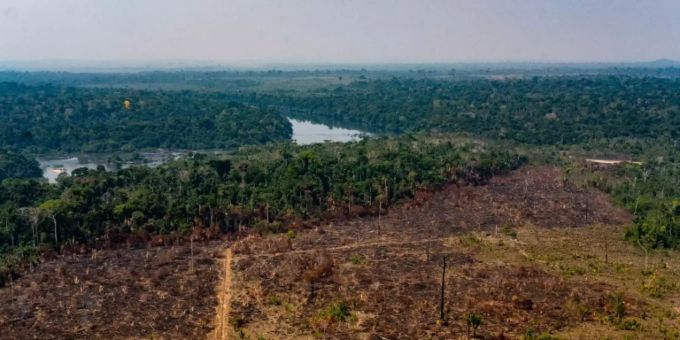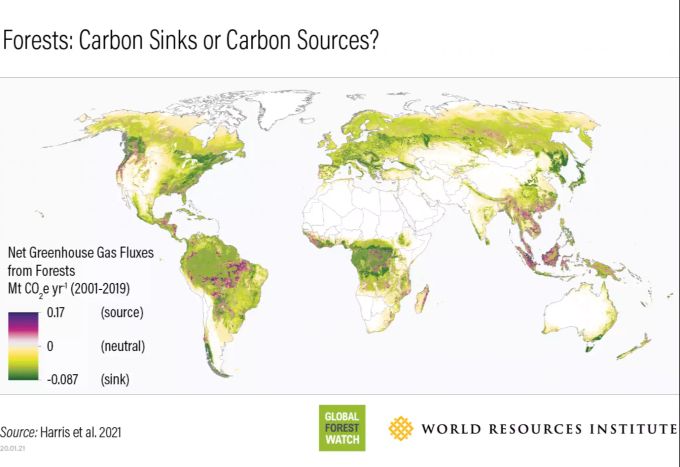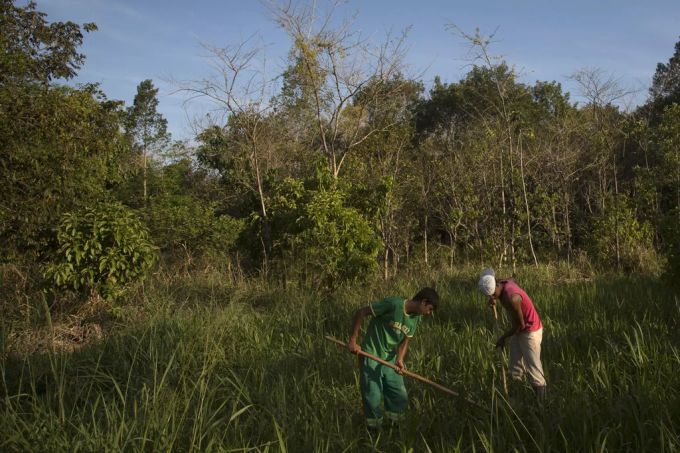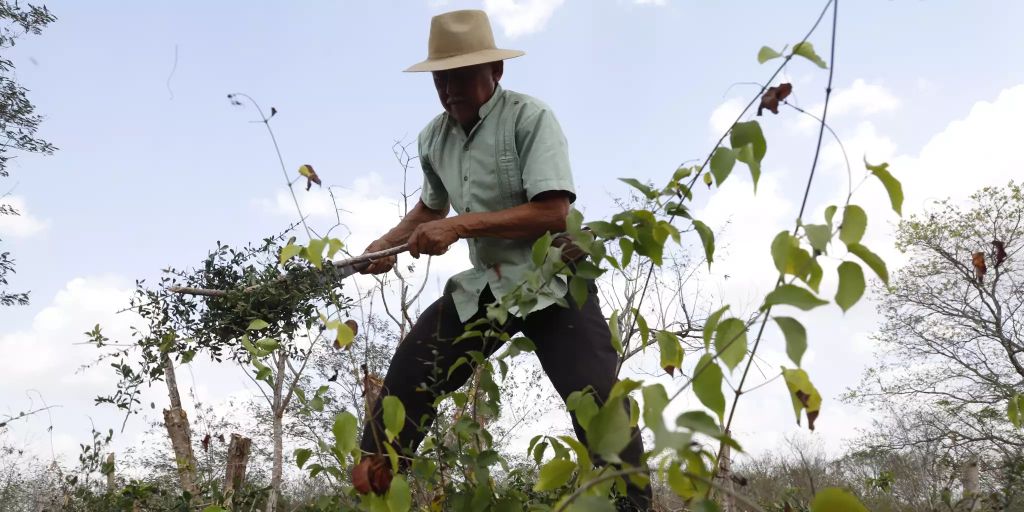In the last 20 years, new forest areas the size of France have emerged worldwide. Environmentalists are happy – and warn against the wrong security.
Ad
the essentials in brief
- The cutting of forests has been making worrying headlines for some time.
- But there is also good news: a lot of forest has been regenerated since 2000.
- The area corresponds to 59 million hectares – that is, the size of France.
The clearing of large forest areas for animal feed, pasture land or palm oil plantations has been a concern for environmentalists and climate activists for years. Artificially set fires in rainforests are also becoming a problem.

In the last year in particular, the loss of forests rose sharply: “Global Forest Watch” published that tropical forests alone lost over twelve million hectares of area.
But there is also good news: since 2000, around 59 million hectares of forest have grown back naturally worldwide. That corresponds to the area of all of France! This was recently published by the WWF in collaboration with “Trillion Trees” on their website.
New forest absorbs emissions from the US
The newly reclaimed forest area in the last 20 years absorbs almost six gigatons of carbon dioxide. That is more than the US emits annually. In Brazil, in particular, the forests have been able to recover – here new forest the size of the Netherlands was created.

Another large part of the forest celebrated its comeback in Mongolia with 1.2 million hectares. In Central Africa and Canada, too, environmentalists managed to revive large areas of the forest.
However, the problem is far from being solved: While the 59 million hectares of forest have been regenerated in the last 20 years, 386 million hectares of forest have been cut down. So the WWF relativizes the good news a little.
Natural growth is better than artificial
Greenpeace Switzerland is pleased with this development: Naturally renewable forests for renaturation are certainly to be rated positively. “However, this must not be used as a pretext to keep cutting down forests that have grown over centuries to millennia,” said media spokesman Yves Zenger on request.

Because natural forests are not that easy to replace. Zenger explains why artificial forests are inferior to natural ones: “In terms of climate protection and biodiversity, secondary forests do not have the quality of primary forests. It takes several generations to have resilient, natural forests again on deforested areas. “

Greenpeace Africa made similar statements last year. “A rich biodiversity can only be found in natural forests. This also includes indigenous and local forest communities ”, Sylvie Djacbou, campaign manager, is quoted in a statement.
–
More on the subject:
Biodiversity Greenpeace Fire WWF
– .


